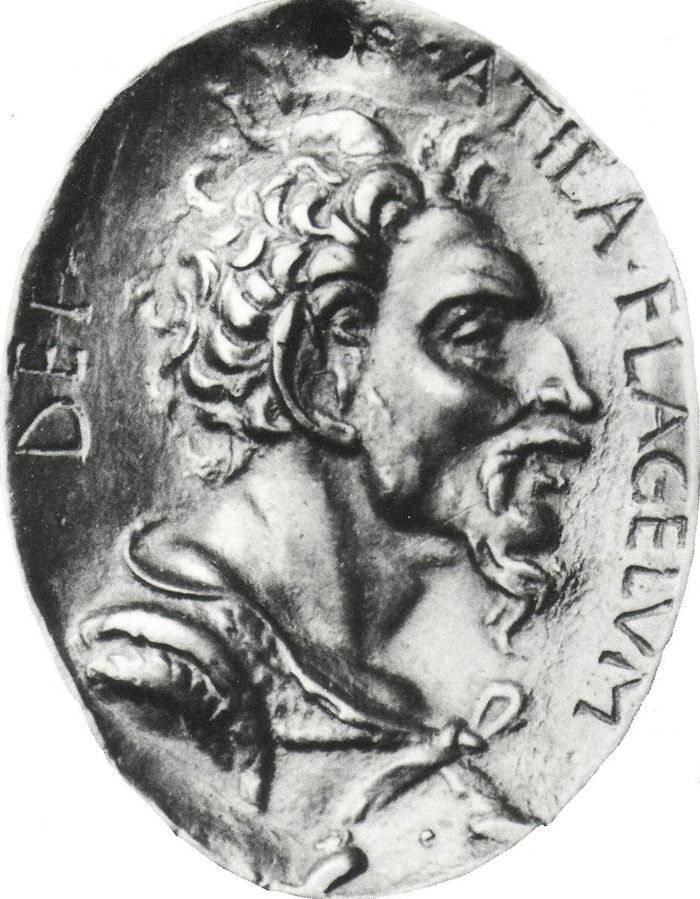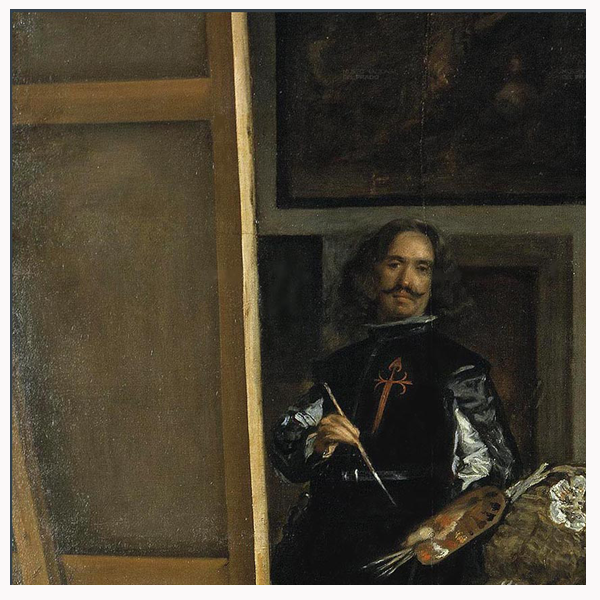Fauvism, what is its meaning?

Contents
What is Fauvism?
It is said that of the artistic movements of the 20th century, Fauvism was the most fleeting and the most difficult to define.
Les fauves , the beasts , Fauvism was called the style of painting that during the years 1904 and 1907 was developed mainly by Henri Matisse (one of the artists whose most paintings have been stolen) , André Derain , Maurice Vlaminck and Braque- during a short space of time-, and whose geographical center was located in Paris .
The Fauvists , if they can be called that as we will now see, were based on freedom of expression, the use of pure colors, exaggerating perspective and drawing.
His work was experimental, but as we said, calling something Fauvism is complicated because not even Matisse himself , perhaps the least, recognized the existence of a pictorial movement as such. All denied that they participated in a School or Doctrine.
Although they shared the qualification of “beasts” due to the abrupt and violent method used in their painting, something contrary to impressionism or neo-impressionism.
They also shared tastes: Baudelaire , Zola , Van Gogh …
The “Salon d´Automne” and the “Salon des Indèpendants”

What happened is that since 1905 all of them participated in two of the main modern art exhibitions held in Paris, the “Salon d´Automne” and the ” Salon des Indèpendants “.
This circumstance made them appear to be a group, even saying of them, of Fauvism , that it was “an introduction to cubism”, as Apollinaire anticipated. Or more directly, that cubism was first elaborated in André Derain’s mind.
Above we can see Matisse’s painting, «The joy of living». In the lower image, Picasso’s painting «The young ladies of Avignon».

Picasso, The Ladies of Avignon
Seeing it like this, Apollinaire’s words make sense. More if possible considering that Picasso was included in the Fauvist movement for his 1900 paintings.
Gustave Moreau’s workshop
The training of all these artists was forged in Gustave Moreau’s workshop.
In 1895, Marquet, Manguin, Camoin, Puy or Rouault were also studying there, who at the same time were cataloged as Fauvists . Moreau tried to open the eyes of his pupils by criticizing his own work, reviewing the classics, but without the intention of perpetuating a closed style.
This attitude provoked antipathies among critics. Especially because Moreau’s philosophy focused on the lack of importance given to the themes of pictorial works. For him it seemed that the time had come to seek less orthodox paths.
But Moreau died soon, in 1898, and his workshop, without the main tutor, was closed.
It will interest you:

 Happening as an Artistic Trend
Happening as an Artistic Trend
Analysis: The Persistence of Memory. Salvador Dali
Matisse looked for another school. He enrolled in the workshop of Cormon, a painter who, unlike his previous teacher, asked his students to abide by the academic rules. A Matisse he made up all that theory and that form of enteder reality. He soon had to understand how Cormon was asking him to leave his school.
From what we see, at the beginning of the 20th century, there was a clear difference between two ways, two techniques, two visions of facing the artistic fact. Perhaps the reality required a renovation, as in the beginning of the XXI century.
Thus, far from polemics or discussions about what should be, something different emerged from the joint work between Derain and Matisse , the beginning of Fauvism .
From then on, perhaps without looking for it, they already had a name for the History of Art.
They both went to Coilloure in 1906, a town also famous for being the place of exile and eternal rest for Antonio Machado.
In the French people they begin to use pointillism, as Derain would do; or leave spaces unpainted on the canvas, giving an idea of fluctuating space. Derain was presented with garish red, green and yellow landscapes.
The critics did not like the carelessness in the termination. What would be considered the great success of the
it was Matisse’s play , “The Joy of Living.” With the only one that appeared, and that time later is always compared with “The Women of Avignon”, as we saw before.
Later, Matisse was worse off. The portrait of a woman with a hat, in addition to being described as distasteful, was considered a «caricature of femininity» Eccentric due to the family theme treated.
Time seems to have taken reasons away from these twentieth-century critics. Something similar to what happens in the beginning of the XXI.

Matisse Luxe Calme et Volupté. 1904
This painting by Matisse : “Luxe Calme et Volupté” from 1904 is said to stem from the influence of Baudelaire








